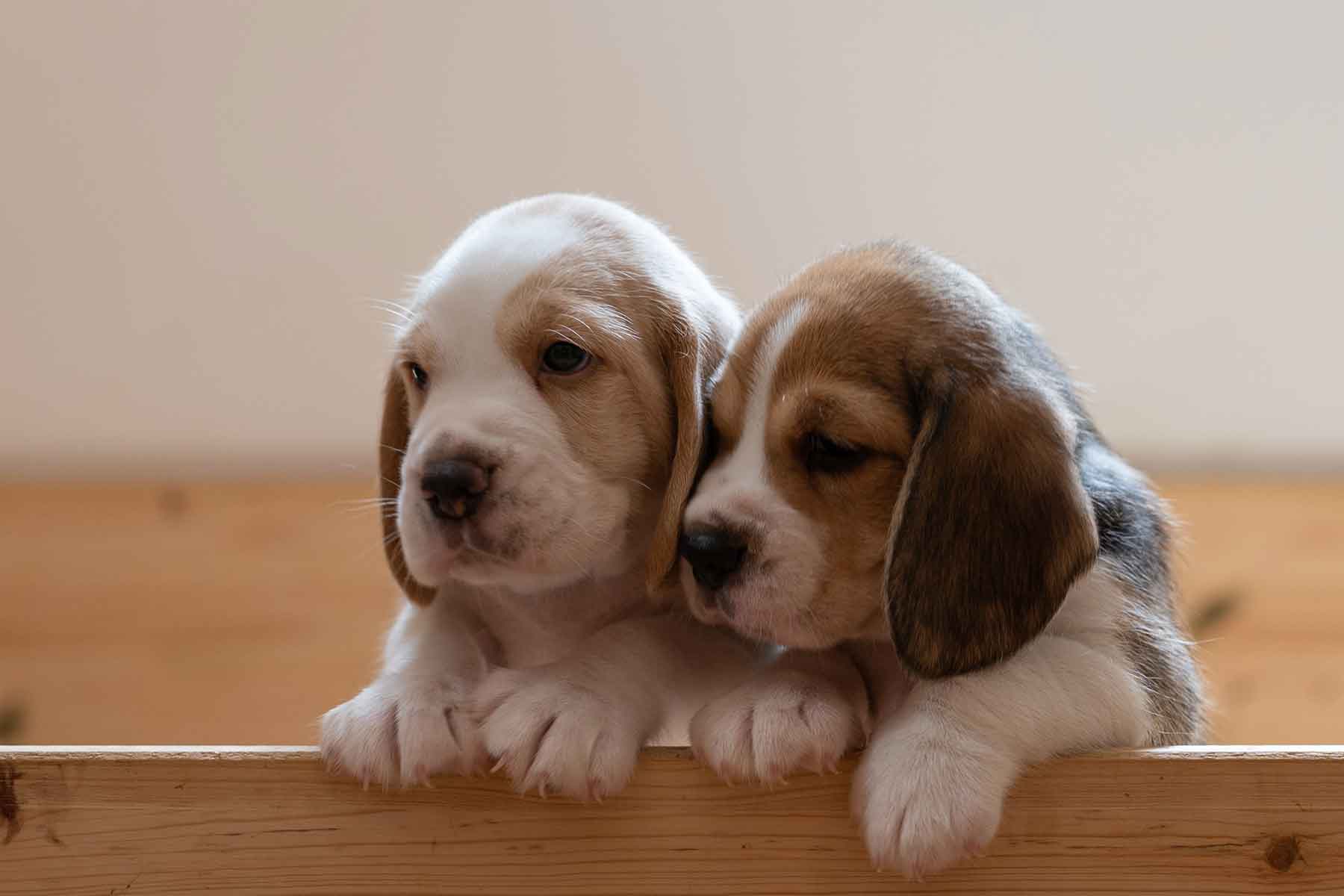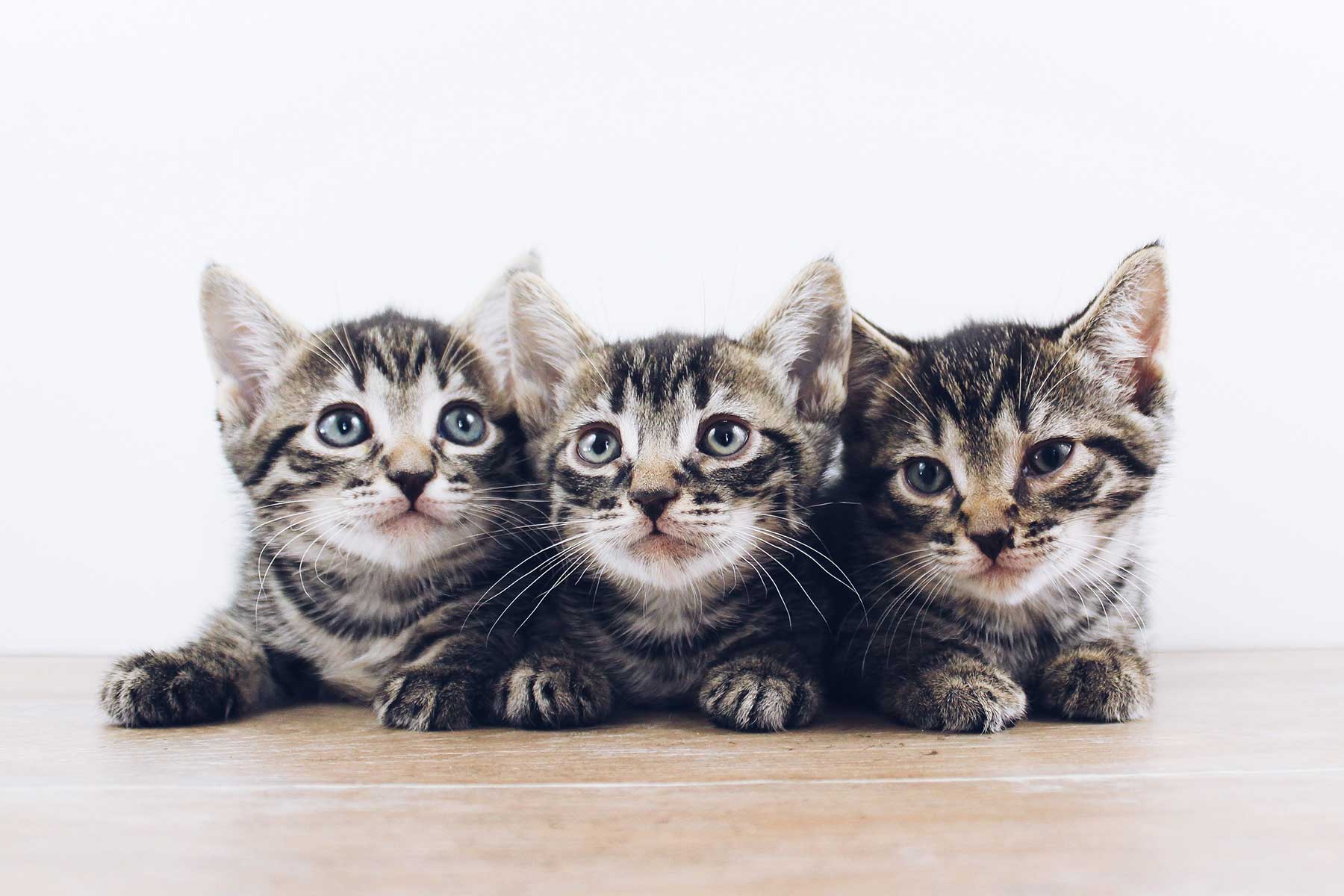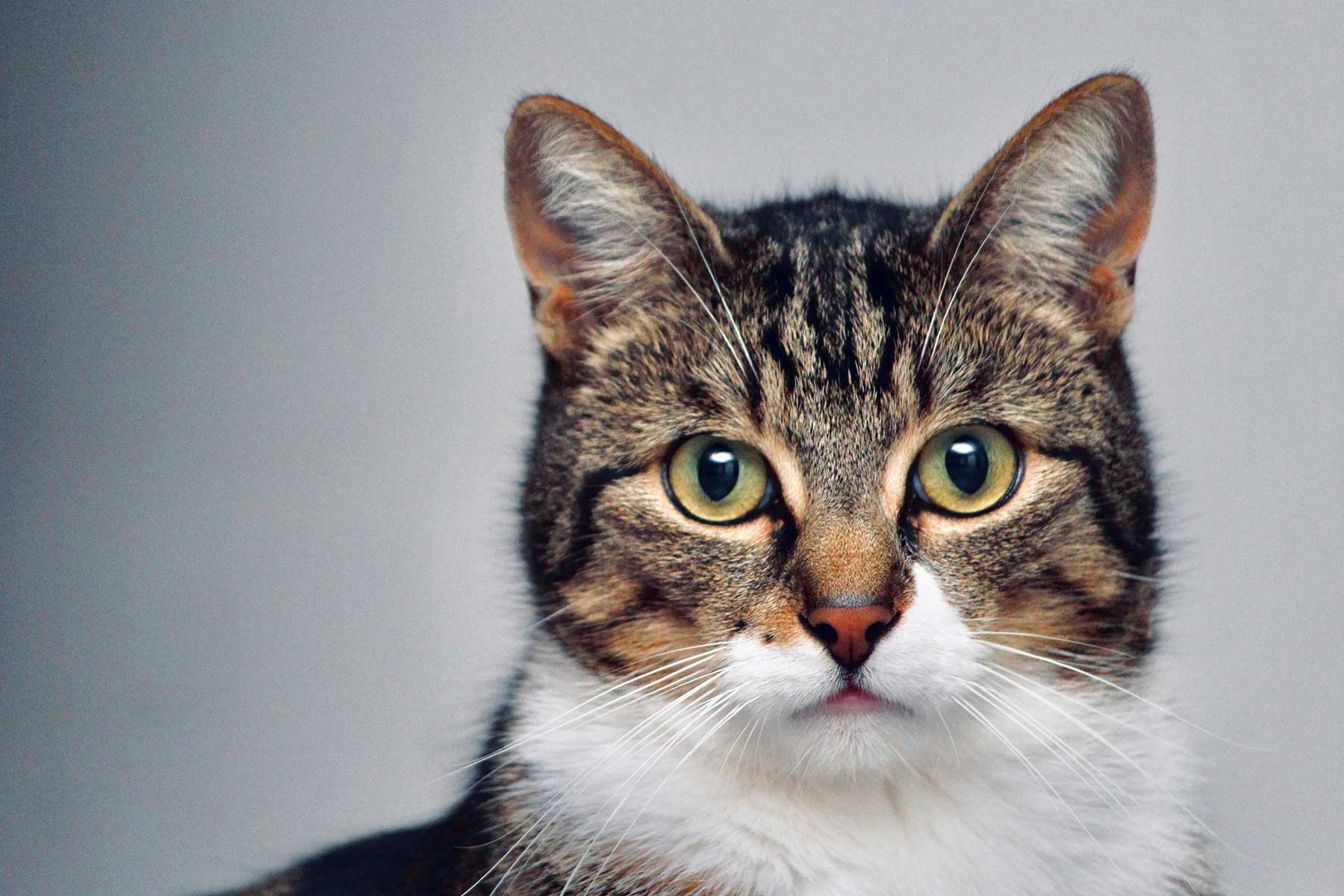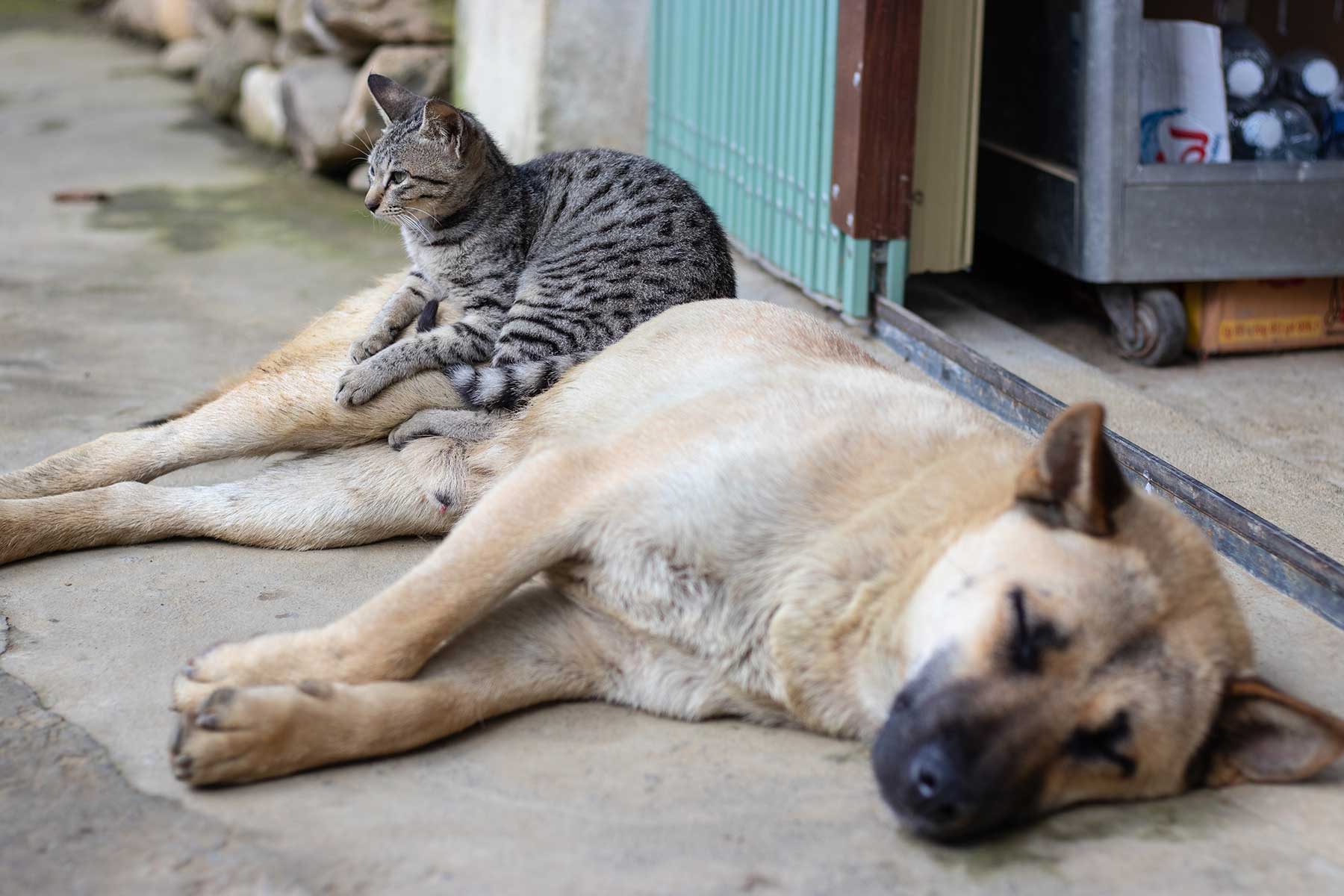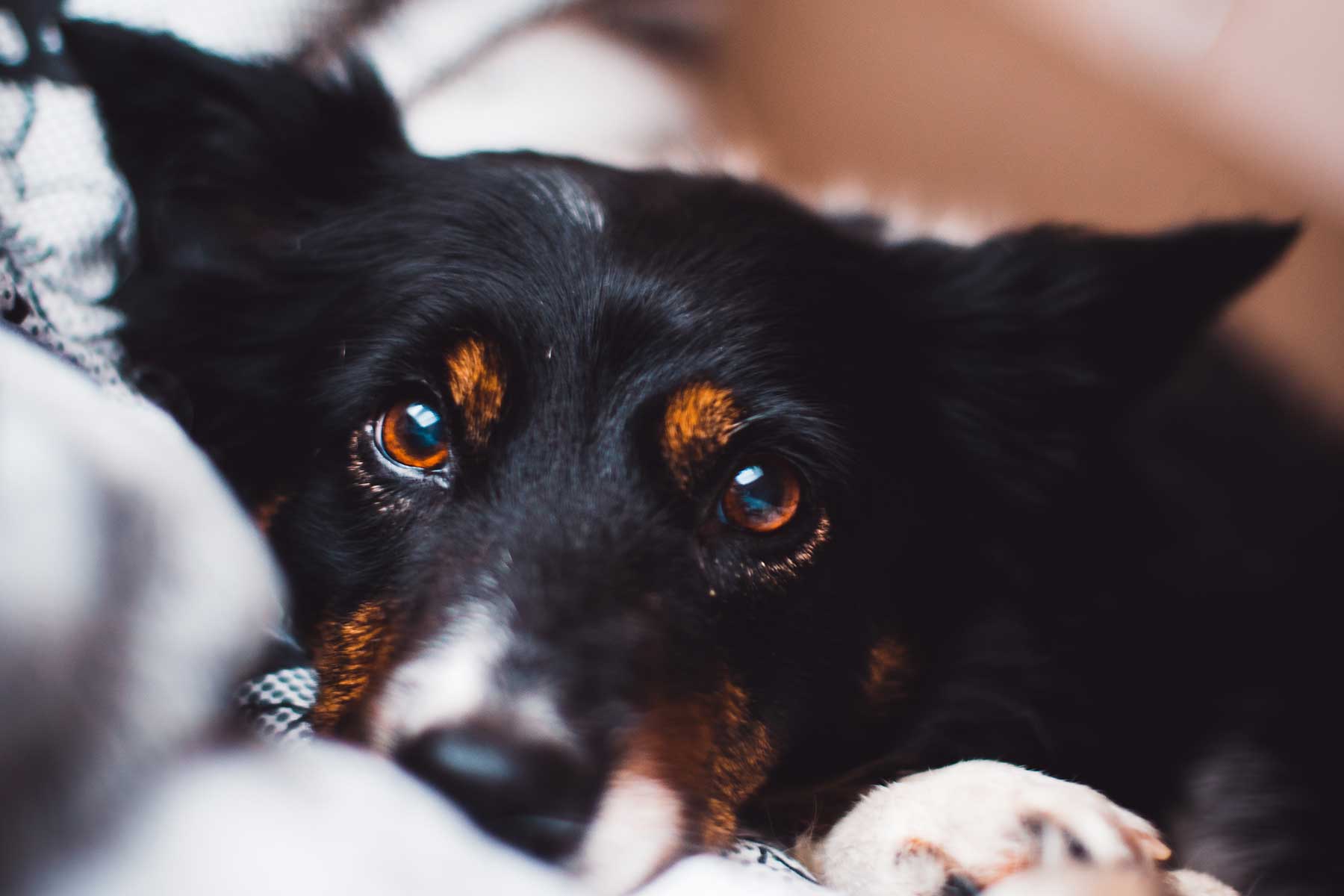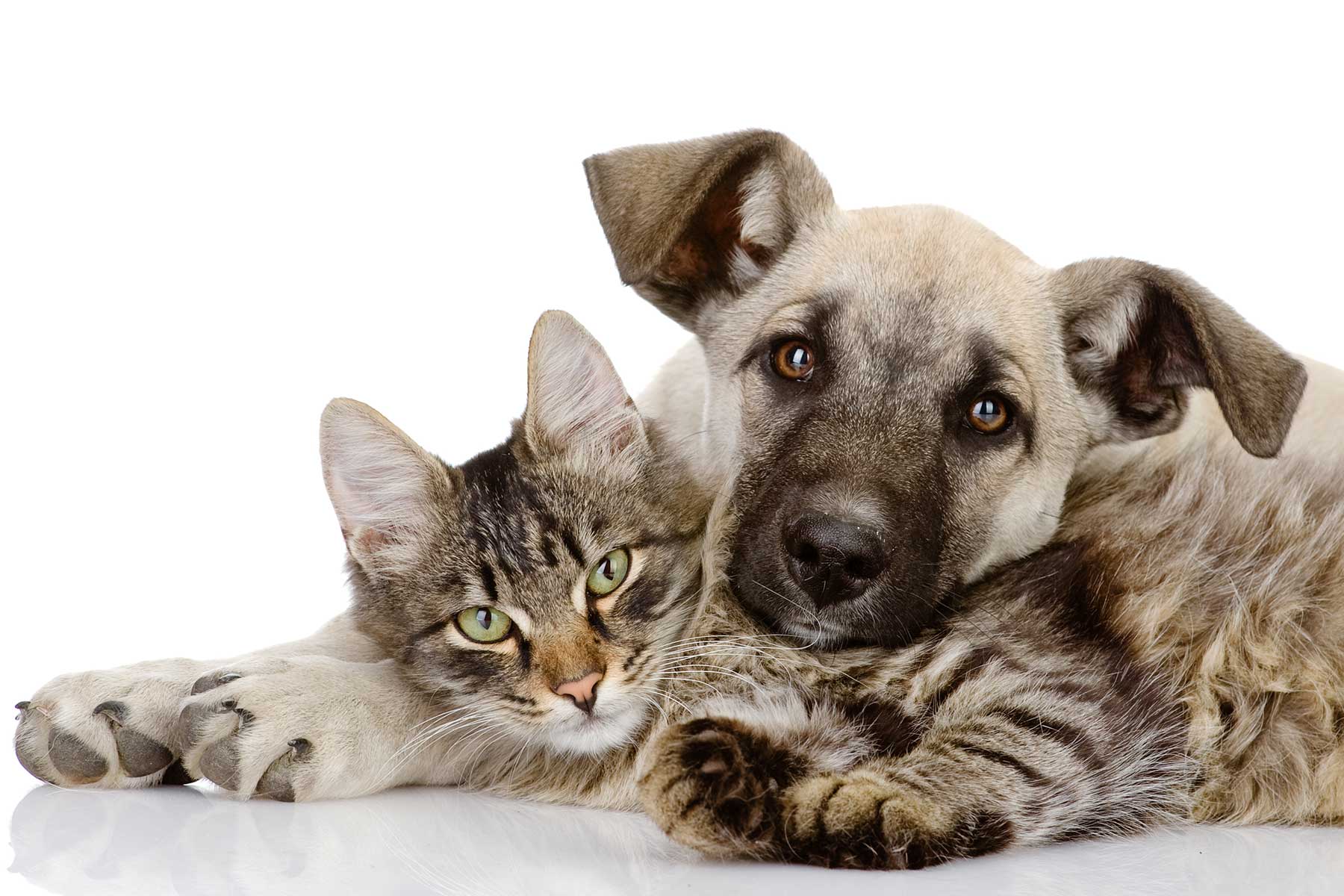The origins of the Pug are thought to lie in China nearly 2000 years ago. Subsequently around the 1500’s the Pug was introduced to Europe by merchants where they soon became the dog of high society and royalty. Often treated as toys, dressed up in bizarre fashions and living the life of pure luxury.
Lifespan
Approximately 12 plus years
Temperament
Pugs are exuberant, alert and show great affection for their owners and everyone else around. They are good with children and have a great attitude towards almost everything. Extremely friendly, alert and affectionate, the Pug will become a much loved part of the family. Although small, they require no coddling. The Pug’s roguish face will soon wiggle their way into the hearts of everyone around them, especially children for whom they have a special affinity with. A Pug’s overwhelming reason for living seems to be that of being close to and pleasing his/her family. In their old age, he/she will become very much the rather wheezy old relation, sitting in the most comfortable chair in front of the fire! A delightful dog to own.
Grooming and care
Minimal coat care is needed, although the coat and specifically head wrinkles need to be regularly checked and cleaned. Their distinguishing protruding eyes are prone to problems and for this reason we also recommend regular cleaning and checking.
With a tendency to experience breathing problems it is also important to keep a watchful eye on their diet and weight. A Pug should never be allowed to become overweight.
Exercise
The Pug enjoys fetching a ball or play time but does not require extensive exercise. Pug’s can easily succumb to heatstroke because of their flat face, so they should not be over exercised, exercised during the heat of the day or placed in a situation where they can overheat.
Health Concerns
For the latest research in breed-related problems in Pugs visit the University of Sydney’s website.

